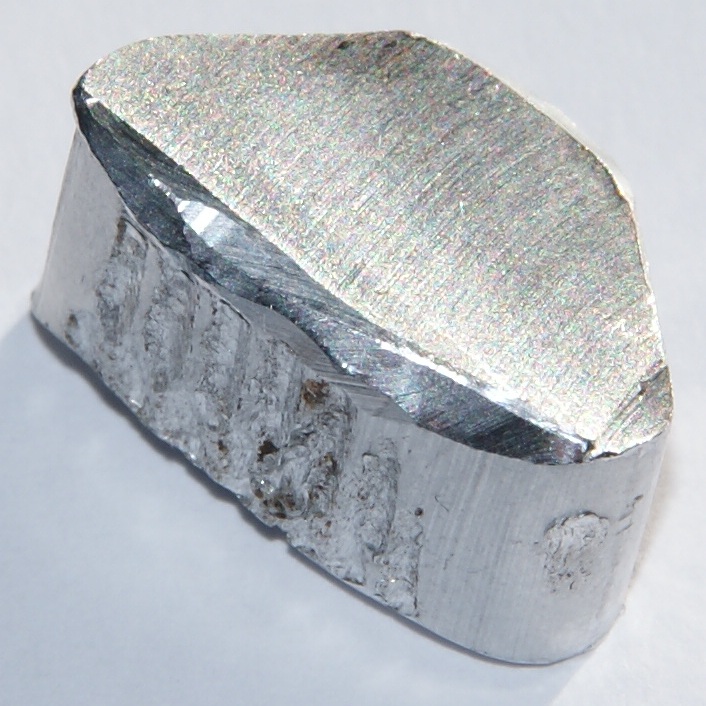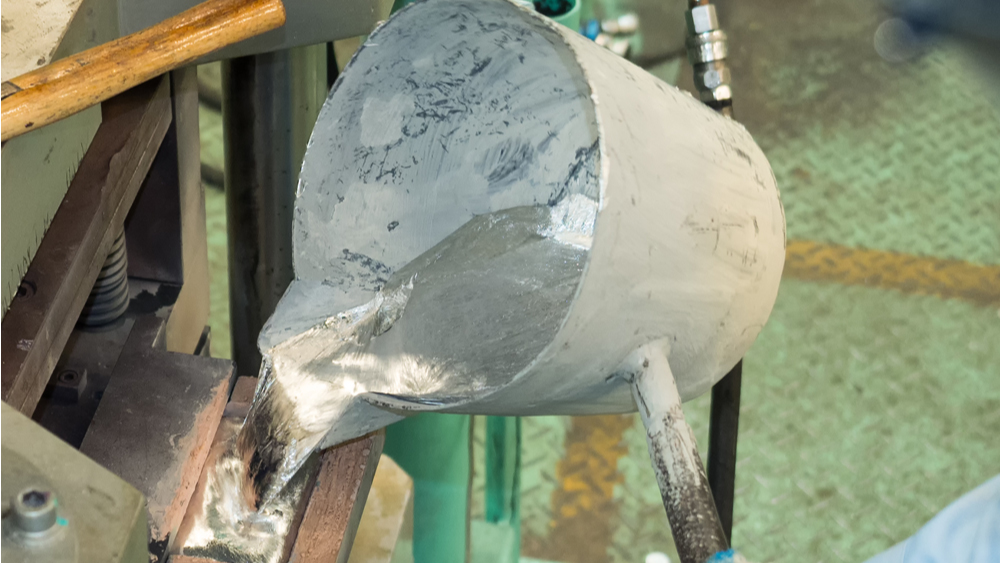What sets an Aluminum Foundry apart in today’s competitive market
Understanding the Production Refine and Upkeep Practices for Light Weight Aluminum Shop Products
The production procedure for light weight aluminum factory products is complex and requires an extensive understanding of multiple phases. From the melting of light weight aluminum at high temperatures to various casting methods, each action plays an important function. Furthermore, maintenance practices ensure tools continues to be reliable and items are devoid of problems. The complexities of these processes and their influence on product top quality raise important inquiries regarding best techniques and cutting-edge techniques in the market.
Review of Aluminum Factory Products
Light weight aluminum foundry items are essential elements in numerous sectors, using a mix of lightweight strength and rust resistance. These items are frequently made use of in industries such as automotive, aerospace, and building and construction, where durability and effectiveness are extremely important. Light weight aluminum's low thickness makes it an ideal material for applications requiring reduced weight without giving up architectural honesty. The convenience of light weight aluminum enables the production of complex geometries, dealing with varied style requirements.
Furthermore, light weight aluminum factory items can be customized with numerous alloys to improve details properties, such as improved thermal conductivity or boosted solidity. Their resistance to oxidation and rust guarantees durability, making them ideal for both interior and exterior applications. The combination of these features adds to the growing preference for light weight aluminum in modern-day manufacturing. As sectors look for to maximize efficiency and sustainability, light weight aluminum foundry products proceed to play a vital duty in meeting these demands.
Melting Process: Changing Light Weight Aluminum
The melting procedure is a basic action in the production of aluminum shop products, as it transforms strong light weight aluminum into a molten state suitable for casting. This process generally occurs in a furnace, where scrap light weight aluminum or ingots are heated up to temperatures around 660 levels Celsius. The option of heating system-- be it electric, gas, or induction-- influences the effectiveness and cost of melting.
Throughout melting, cautious consideration is provided to the removal of impurities, such as oxides and other impurities, which can negatively impact the top quality of the end product. Fluxes might be contributed to help in this purification procedure, boosting the fluidity of the liquified metal.
Furthermore, temperature control is important to ensure harmony and avoid overheating, which can lead to oxidation. Subsequently, the melting procedure not just prepares aluminum for spreading but likewise plays a significant function in identifying the honesty and buildings of the final factory products.
Casting Methods in Light Weight Aluminum Shop
Different casting strategies are used in aluminum shops to develop high-grade parts, each fit to different applications and requirements. Among one of the most generally made use of methods are sand spreading, die spreading, and investment spreading. Sand spreading utilizes a combination of sand and binder to develop molds, allowing for intricate shapes and huge parts (Aluminum Casting). Pass away casting, identified by the high-pressure injection of liquified aluminum into steel mold and mildews, produces repeatable and accurate parts, ideal for mass manufacturing. Investment spreading, or lost-wax spreading, includes developing a wax design that is covered in a ceramic covering, enabling complex designs and fine information. Each technique has its advantages; sand spreading is cost-effective for low-volume manufacturing, while die spreading supplies efficiency for high-volume runs. Financial investment spreading is favored for components needing outstanding precision and surface finish. Choosing the appropriate technique depends upon variables such as production volume, part complexity, and material properties
Finishing Processes for Aluminum Components
After casting methods have shaped the aluminum components, finishing processes play a considerable function in improving their performance and aesthetic charm. These procedures commonly consist of machining, surface area therapy, and layer applications. Machining involves precise elimination of product to accomplish preferred dimensions and surface quality. This is vital for guaranteeing that components fit seamlessly right into their desired applications.
Surface area treatments, such as anodizing and polishing, are used to boost rust resistance and improve aesthetic attributes. Casting Foundry. Anodizing, in specific, offers a protective oxide layer, making the light weight aluminum a lot more visually enticing and long lasting

Maintenance Practices for Longevity
Implementing regular upkeep techniques is crucial for guaranteeing the longevity of aluminum shop items. Routine evaluations ought to be carried out to determine wear and tear, as very early discovery can protect against pricey fixings and expand the life-span of parts. Cleaning up equipment and equipment regularly decreases the danger of contamination, which can negatively affect item top quality. Lubrication of relocating parts is additionally crucial, as it reduces friction and wear, enhancing operational efficiency.
Additionally, the execution of a precautionary maintenance timetable helps in methodically resolving prospective concerns prior to they intensify (aluminum metal casting). This consists of monitoring for leaks, ensuring appropriate alignment, and adjusting machinery. Personnel training on correct handling and maintenance techniques cultivates a culture of care, which is critical for sustaining item integrity. Ultimately, documenting maintenance tasks provides useful understandings into efficiency fads, enabling educated decision-making concerning future upkeep techniques
High Quality Control and Testing in Light Weight Aluminum Shop Manufacturing
Quality control and screening are extremely important in aluminum factory manufacturing, as they ensure that last items satisfy defined requirements and client assumptions. This my explanation process starts with resources examination, making certain that light weight aluminum alloys conform with required compositions. Throughout the production cycle, in-process inspections are conducted to check parameters like temperature, material, and stress circulation.
Once spreading is complete, different examinations-- such as dimensional checks, visual assessments, and non-destructive screening-- are executed to recognize any type of flaws. Mechanical properties, consisting of tensile toughness and firmness, are evaluated through standard screening techniques.
Adherence to market criteria, such as ISO and ASTM, is essential for guaranteeing item top quality. Analytical process control methods are frequently used to analyze production data and facilitate constant renovation. By carrying out extensive quality assurance procedures, light weight aluminum shops can boost product reliability and decrease view publisher site waste, eventually bring about higher client fulfillment and functional efficiency.
Regularly Asked Concerns
What Are the Environmental Impacts of Aluminum Factory Procedures?
Light weight aluminum factory procedures can lead to substantial ecological influences, consisting of air contamination from emissions, water contamination from waste discharge, and energy usage adding to greenhouse gas discharges, inevitably affecting local environments and area health and wellness.
How Do Light Weight Aluminum Rates Impact Factory Manufacturing Choices?
Aluminum prices greatly influence shop manufacturing decisions; higher rates might result in reduced outcome or increased performance actions, while reduced costs can motivate expanded production and investment in new modern technologies to boost competition and earnings.
What Security Procedures Are Necessary in Light Weight Aluminum Foundries?
Vital precaution in light weight aluminum factories include protective equipment, appropriate ventilation to reduce breathing of fumes, normal devices maintenance, training on emergency procedures, and adherence to safety and security procedures to stop mishaps and injuries amongst workers.
Can Aluminum Be Recycled, and Just How Is It Processed?
Light weight aluminum can undoubtedly be recycled. The procedure entails collection, melting, and reforming the product into brand-new products, substantially minimizing energy usage and environmental influence compared to key aluminum manufacturing while preserving worldly high quality.
What Are Usual Flaws in Light Weight Aluminum Spreading and Their Causes?

The manufacturing process for aluminum shop items is complex and needs a detailed understanding of multiple phases. Aluminum shop items are crucial parts in numerous markets, providing a mix of light-weight strength click now and deterioration resistance. The melting procedure is a fundamental action in the manufacturing of aluminum factory products, as it changes solid aluminum right into a molten state suitable for spreading. Executing regular upkeep methods is important for making sure the longevity of light weight aluminum shop items. Quality control and testing are critical in aluminum factory manufacturing, as they guarantee that last items meet defined standards and client expectations.